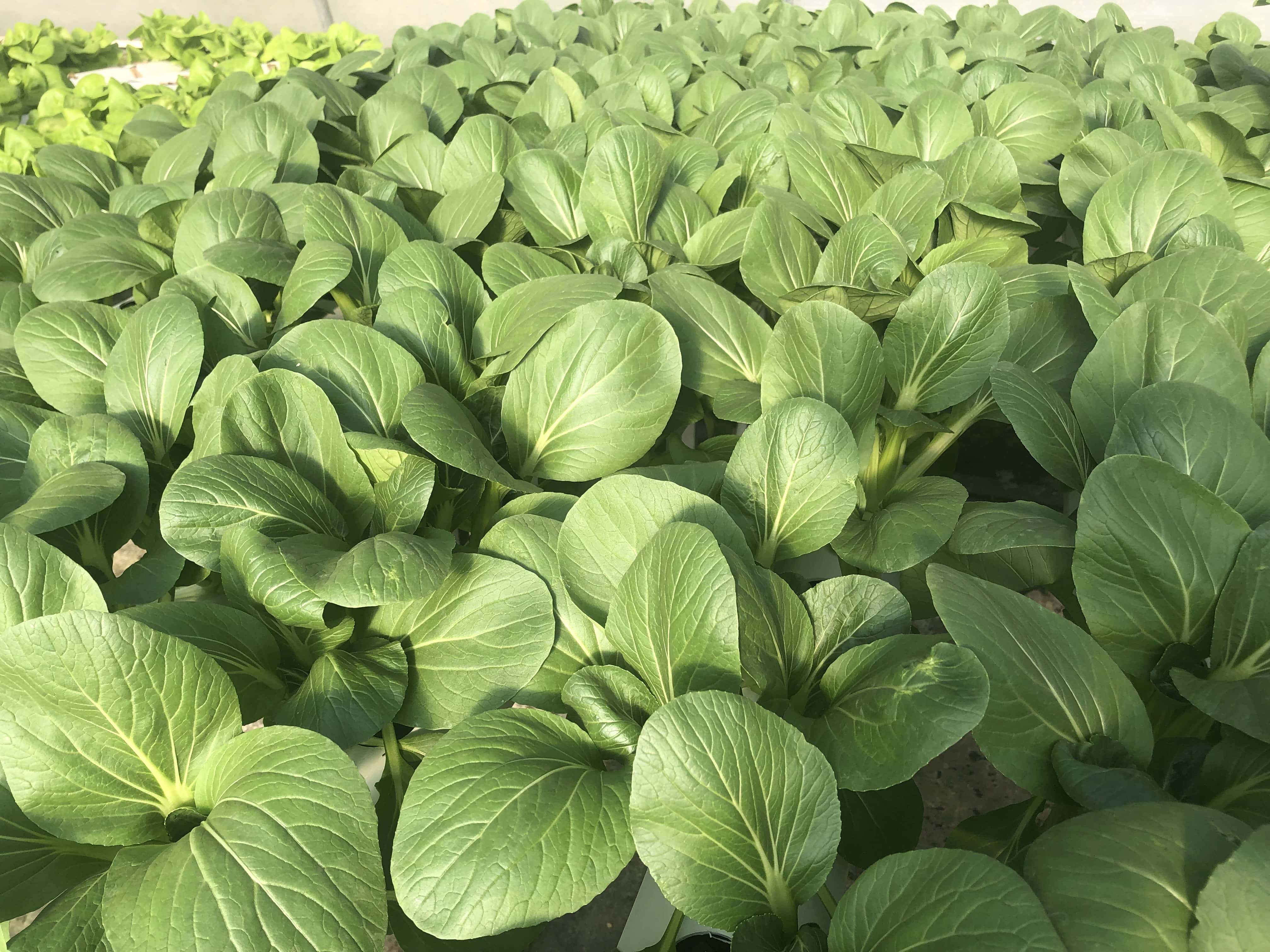This post may contain affiliate links. Probably doesn’t, but it might. It doesn’t cost you anything extra but if you use these links to buy something, we may earn a commission.
This post may contain affiliate links. It doesn’t cost you anything extra but if you use these links to buy something, we may earn a commission.
We – I’m including you in this Royal We – are always looking for new and better ways to do things. A faster way to get to work, a new way to apply makeup, a faster way to potty train. And so on.
We – the Farmers We – are always looking for new things to grow (and new ways to grow, but that’s not this email).
If you remember from the previous emails, I’ve been talking about how we’re closing all the tunnels/houses up for the winter. This keeps the plants warm, but it also cuts down on airflow. And reduced airflow means increased risk of pests.
Especially in the next three months. By the time we hit February, the outside air is dry enough that we don’t have to pay extra attention to the threat of pests, just normal attention.
For our hydroponics house, that means we’ll grow the one and done crops, such as lettuce and baby bok choy. The cut and come agains – all the herbs, chard, mustards, etc – will start to harbor aphids, just by dint of the plants being in the house longer.
And cleaning out an infestation of aphids is hard, especially without using things that’ll kill the plants, let alone you. So we want to avoid excess aphids if at all possible. Since we like to avoid the death-causing chemicals, this can look like completely emptying the house of plants, which means we are unable to get a crop harvest for at least the 6 weeks following.
But, there’s only so much bibb lettuce and baby bok choy people want to eat.
But, we can only grow lighter-weight veggies in our hydroponics channels. No cabbage. Not even large romaine.
So we need one and done light-weight plants that’ll grow in cooler weather and reduced lighting.
Not the simplest of requirements. But not impossible.
After a bit (a lot) of research, Matt has settled on trying escarole and – new to us – Tokyo Bekana. Not only are they one-and-done crops and won’t be too heavy for the channels, they both meet his wish of having a cookable green. Salads are great and all, but in the winter we want warmth.
So fingers crossed we’ll have crops to harvest and no aphids come December.

Not only do we not like to use chemical pesticides, we also avoid applying chemical fertilizers to the ground.
Harvesting crops continuously and having this wonderful (sarcasm) clay soil does mean that we need to replenish and add to the soil nutrients and structure though.
Enter, stage right, compost.
We take the unsalable produce and the discards and mix them all up with leaves. Months later and it has all broken down into a lovely nutrient rich additive that we can spread on the fields.
Compost is so awesome, we don’t need to add it in at every planting. The fields will usually get it mixed in just 1-2 times a year. The darker swath of soil, left, is the compost that was just laid down. And right is lettuce enjoying their freshly composted field. Doesn’t look like clay soil from up top!
Some seasonal inspiration:

Vegetarian Onion Gravy (make now and freeze for Thanksgiving)
Swiss Chard Potato Gnocchi (thanks for the recommendation Patricia!)
Happy Eating!
Elizabeth
Don’t forget to order your Thanksgiving pie
Apple, Apple Crumb, Apple Caramel Walnut Crumble, Blueberry, Cherry, Peach, Pecan, Pumpkin, and Very Berry

Open Mon-Fri 9-6, Sat 9-5. Closed Sunday.
Closed Sundays & Mondays starting after Christmas.
This is one of the weekly newsletters that is emailed out every Saturday night (no more, no less). If you liked the information make sure you sign up so you can get my (moderately) snarky writings delivered right to your inbox. You can read it on the website – obviously – but a copy of the newsletter isn’t posted to the website until several weeks later.







